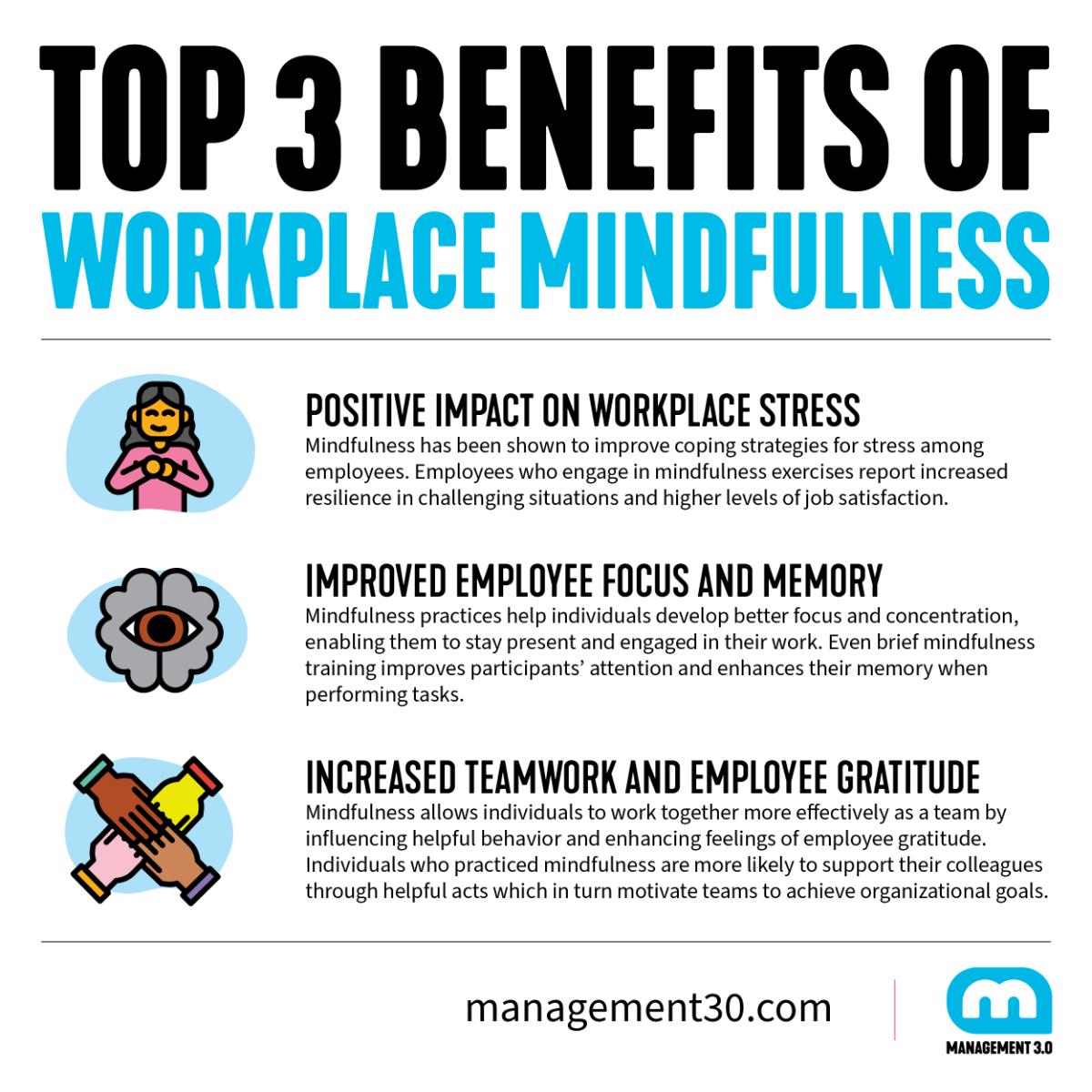In the bustling corridors of the modern workplace, where deadlines loom and emails incessantly ping, the quest for calm can often seem like an elusive dream. Yet, amid the chaos, a quiet revolution is taking place, driven by the ancient practice of meditation-for-life-balance/mindful-relief-meditation-for-chronic-pain/” title=”Mindful Relief: Meditation for Chronic Pain”>mindfulness. This transformative approach to stress management is weaving its way into corporate culture, offering a beacon of serenity in an otherwise turbulent sea. As employees and leaders alike seek to navigate the complexities of contemporary work life, mindfulness emerges not just as a trend, but as a vital tool for fostering resilience, enhancing focus, and cultivating a balanced environment. Join us as we explore how this age-old practice is reshaping the way we manage stress in the workplace, one mindful breath at a time.
Cultivating Calm: The Role of Mindfulness in Reducing Workplace Stress
Incorporating mindfulness into daily routines at work can significantly alleviate stress and enhance overall well-being. By focusing on the present moment and cultivating awareness, employees can reduce anxiety and improve their emotional resilience. Mindfulness practices such as deep breathing exercises, meditation, and mindful walking can help to clear the mind, providing a mental reset during a hectic workday. These practices encourage individuals to pause and reflect, creating a buffer against the relentless demands of the workplace.
- Deep Breathing Exercises: Simple yet effective, these exercises can be done at your desk to instantly lower stress levels.
- Meditation: Even a few minutes of meditation can help to refocus and calm the mind, making it easier to tackle complex tasks.
- Mindful Walking: Taking a short walk while being aware of each step can provide a refreshing break from screen time.
By embedding these mindfulness techniques into the workplace culture, companies not only promote a healthier work environment but also enhance productivity and job satisfaction. Encouraging regular practice helps employees develop the skills to manage stress effectively, leading to a more harmonious and efficient workplace.

Harnessing Presence: Techniques for Integrating Mindfulness into Daily Routines
Incorporating mindfulness into the hustle and bustle of the workplace doesn’t have to be a daunting task. By adopting simple yet effective practices, you can transform moments of stress into opportunities for calm and clarity. Begin with breath awareness; take a few moments throughout your day to focus on your breathing, allowing each inhale and exhale to anchor you in the present moment. This small act can dramatically reduce stress levels and enhance concentration.
Consider introducing mindful pauses during your daily schedule. These are brief moments where you consciously disconnect from your work tasks and refocus your mind. Use these pauses to engage in activities such as:
- Gratitude reflection: Take a minute to think about three things you’re grateful for.
- Body scan: Conduct a quick check-in with your body, noticing any tension and gently releasing it.
- Mindful listening: During meetings, focus entirely on listening to the speaker, noticing their words and emotions without forming a response in your mind immediately.
By weaving these techniques into your routine, you’ll cultivate a more balanced and resilient mindset, enabling you to navigate workplace challenges with ease.

Mindful Leadership: Encouraging a Stress-Resilient Organizational Culture
Incorporating mindfulness into leadership practices can significantly enhance the stress resilience of an organization. Leaders who prioritize mindfulness foster a culture where employees feel valued and understood, paving the way for improved mental well-being and productivity. By embracing mindful leadership, organizations can create an environment where stress is managed effectively, allowing team members to thrive both personally and professionally.
- Active Listening: Encourage leaders to practice active listening, ensuring that team members feel heard and respected.
- Empathy: Cultivate empathy by understanding the diverse experiences and perspectives within the team.
- Mindful Decision-Making: Promote decision-making that considers the long-term impact on the team’s well-being.
- Stress Management Workshops: Implement regular workshops to provide employees with tools to manage stress effectively.
By integrating these mindful practices, organizations can nurture a supportive and resilient culture that not only withstands stress but also transforms it into an opportunity for growth and innovation.

Practical Mindfulness: Simple Practices for Immediate Stress Relief at Work
In the hustle and bustle of the workplace, finding a moment of calm can seem daunting. However, incorporating simple mindfulness practices into your day can offer immediate stress relief. Start by taking a few minutes to focus on your breathing. Close your eyes and take deep, deliberate breaths, allowing your mind to quiet and your body to relax. This practice can be done at your desk and requires no special equipment.
- Body Scan: Take a moment to mentally scan your body from head to toe, acknowledging any tension or discomfort. This can help you become aware of stress points and consciously release them.
- Mindful Listening: When in meetings or conversations, practice active listening. Focus entirely on the speaker, letting go of distractions. This not only reduces stress but also enhances your engagement and understanding.
- Gratitude Pause: Reflect on three things you are grateful for in your workday. This simple act shifts your focus from stressors to positives, promoting a sense of well-being.
By integrating these mindfulness techniques, you can transform your work environment into a space of calm and productivity, all while maintaining your mental clarity and focus.
The Way Forward
In the bustling corridors of modern workplaces, where deadlines loom and tasks multiply, the practice of mindfulness emerges as a beacon of calm and clarity. As we navigate the intricate dance of professional demands, integrating mindfulness into our daily routines can transform not just how we manage stress, but how we perceive and interact with the world around us.
By embracing mindfulness, we equip ourselves with the tools to not only survive but thrive amidst the pressures of work. It invites us to pause, breathe, and find balance, fostering a work environment where productivity and well-being coexist harmoniously. As we conclude our exploration of , let us carry forward the insights gained, nurturing a culture of awareness and resilience that enriches both our personal and professional lives. In the mindful moments we create, may we find the peace and purpose to illuminate our path forward.
